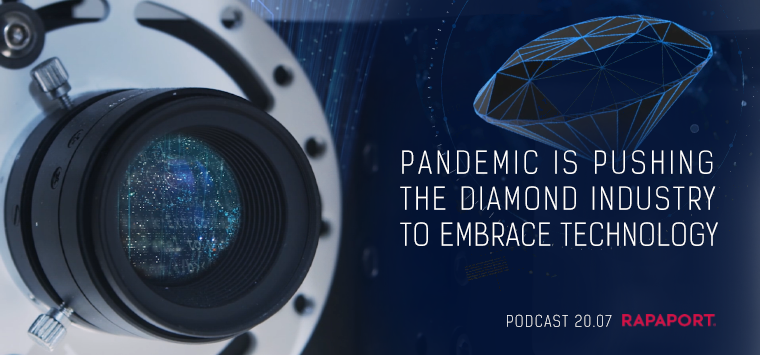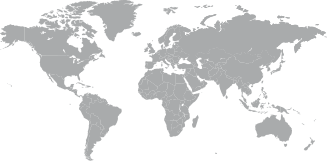The world has entered its fifth month of the COVID-19 pandemic, and the industry has already begun to feel the weight of its impact. The diamond industry, specifically, has leaned on technology and digital platforms to continue their sales and communication with retailers and consumers. Our CEO, David Block, spoke to Rapaport Senior Analyst Avi Krawitz in an insightful podcast about the various ways in which COVID-19 has accelerated the use of technology in the diamond supply chain, diminishing the fear that many in the industry had towards embracing innovation.
In this blog, we've covered the main topics that were discussed in the podcast:
How are you managing through this COVID-19 lockdown period?
On a personal level it’s been an interesting experience and, in many ways, a good one. It’s provided a unique opportunity to be at home and spend more time with the kids and family, not having to travel anywhere for the last 5 months is a change.
How is Sarine doing? What adjustments have you made on a company level?
We’re a very good reflection of the industry, usually whatever is going on in the industry reflects directly to us. Everyone knows that the industry is going through a challenging time, all segments of the industry, from the producers to the manufacturers, and retail, so definitely a challenging period for us. On the other hand, it’s a very interesting period because it opens up a lot of opportunities that the current crisis is actually putting out there and putting the spotlight on us.
You’ve spoken about the need to make the market more efficient, so there’s kind of a feeling now that Sarine is positioned for this moment that the Coronavirus is maybe accelerating the digitalization of the diamond. Are you seeing those changes taken as a result of COVID-19?
Yes, so most definitely, I think the changes are at the level that people are starting to understand that we are living in a different world, and the consumer is very digital today, and if you want to serve the consumer, retailer, or anywhere in the pipeline, that’s part of today’s world of being more digital, and that’s what we’ve been doing for the last many years. And definitely the COVID situation has put a big spotlight, and in many ways is accelerating processes. It’s also very important that people understand that technology is here to stay and it’s going to be a bigger part of our lives, and we need to utilize it in ways that can add value.
Are you seeing an increase interest in companies to use your program? It’s one thing for the companies to put aside the fear to have dissipated, but it’s another to take action and actually embrace technology in that way?
I have a lot of examples for this, but I’ll give you one that’s been very relevant for the last few months. We’ve been, for quite a while now, working with Alrosa, which is the world’s largest, at least by volume, diamond producer. Their ability to sell rough digitally started before COVID, and the first public steps started last year in 2019, when Alrosa introduced their first digital tender, long before COVID was in the cards. One of the interesting things we saw in March, April, May, was because of the fact that there were limitations on travel, people couldn’t travel, and therefore we could actually see the real capabilities of a digital tender of rough, it actually provided us with a very unique test-case with something that started long before COVID and COVID actually enabled us to test it out in real-life circumstances.
Can you just explain what Sarine is providing Alrosa, what is your role in facilitating those digital tenders?
So our role is using existing and technologies that we are basically working together with Alrosa, to enable them to provide a fully digital tender. This enables Alrosa to utilize our technologies to scan the rough diamonds in different parameters. Alrosa has the ability to provide all their clients, to check the goods, and meet the criteria that the manufacturer is looking for, and make a much more intelligent decision, because you have a lot more data and information on what those goods are worth. We’re using both existing technologies, as well as working with Alrosa on what is more unique to them.
Would you agree with me that we have been seeing an embracing of technology within the industry?
Yes, no doubt about it, I think it’s different for different segments of the industry. The manufacturing segment has embraced technology very aggressively over the last decade or two, of Sarine’s technologies as well as others. There are other segments of the industry that need to do more, and do it faster, especially looking at the retail side, make the retail a lot more up-to-date with technology and today’s consumer. I think the biggest challenge is actually how the industry integrates technology to the end of the pipeline, and how do you actually create efficiencies along the pipeline, and not just at specific points along the pipeline.
Can you give me an example of how you would connect from mine to manufacturing to retail? How do you create those efficiencies and maybe give an example of what you’re working on?
One of the main projects that we’re doing is providing a traceability solution from the mine to the different layers along the pipeline all the way down to the retailer and the consumer itself. How? By using our technology that we have spread out over the last 30 years and exists in the pipeline, levering that technology in order to provide an additional added value and additional service to our clients.

Our long term partner, Star Rays, is now Journey Ready! Star Rays uses the Sarine Diamond Journey™ to give their customers the complete story behind each unique diamond, from mine to store. Learn about the partnership on our Facebook page.
The eGrading announcement you made came just at the beginning of the crisis as lockdown started to come into effect. How has that affected your roll-out of the eGrading program?
We started our campaign actually a week or two before the lockdown started, and we’ve been continuing all our R&D without any changes, other than the fact that most people are at home, other than our hardware engineers who come to our labs to continue their projects. On the development side we’ve had no delays, so it’s enabled us to be much more focused on what we’re doing, and actually producing, in many ways, faster than we would be without COVID. On the other hand, on the business side, no doubt the clients, the retailers, the manufacturers, everyone has their own problems to take care of, no doubt that it will delay things a little bit. Having said that, we’ve been having a lot of discussions with many players in the market, especially the high-end retailers, who view the traceability projects with a very high level of importance.
It’s very interesting what you’re saying about manufacturers having enough rough to satisfy the operations to date, and I think it’ll take another month or two before we see some improvement.
I think 2 parameters that we need to watch very closely, one is consumer demand, how the retailers are doing globally, especially in the US, but how retail demand is doing. But I think the second parameter which is just as important is inventory levels across the pipeline, whether it’s at the retailers, wholesalers in the local or national vicinity of the retailers, and manufacturers themselves. Because even once retail does start ramping up, and retail sales start to improve significantly, there’s still quite a bit of stock in the pipeline, not in all segments, but in many segments there’s quite a bit of stock still available. Until that stock works its way through, there’s less incentive to really ramp up manufacturing to significant levels
It’s just such a dynamic environment as well with retailers reassessing how they source goods, what inventory they need, and that has a ripple effect to the rest of the industry. Very interesting to watch, but a very difficult environment to navigate for many companies. Hopefully things will stabilize soon and will return to normal.
Yes, that’s I guess what everyone is hoping for. I think the more the whole pipeline becomes more and more integrated, whether it’s through technology or other methods, I think overall the more efficient it will become, the less of these bottlenecks we’re going to have.




-1.jpg?width=310&name=blog_image%20(003)-1.jpg)





